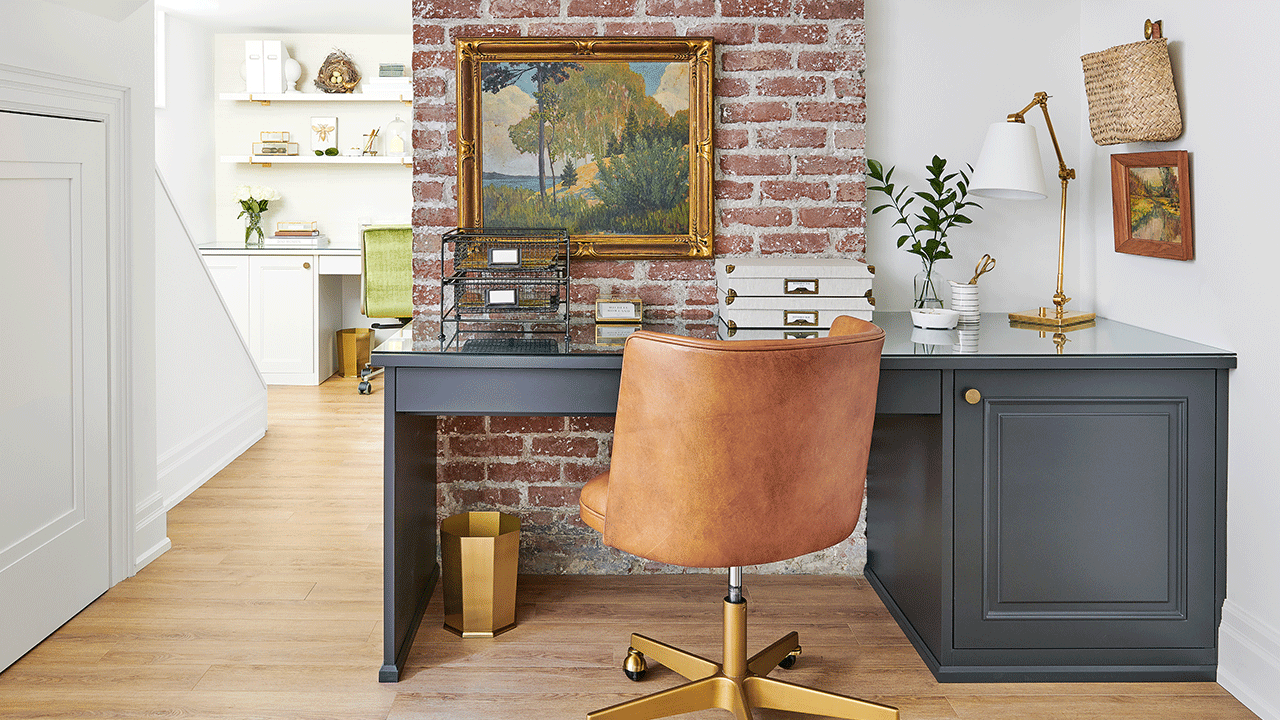How to Transform Your Interiors Into a Flexible Space

Fifty years ago, houses were strictly defined by functions spaced out along a hallway and sharply split between public and private sections.
The reverse is true in the twenty-first century: families have changed and evolved – and they continue to change. Consequently, home spaces must be able to adapt to their owners' evolving needs.
Our homes had to adjust to new activities and routines as our lifestyles shifted especially because of the Coronavirus pandemic. Dining rooms and closets were transformed into home offices, children's bedrooms became homeschooling areas, and guest rooms were furnished with fitness equipment.
These multi-purpose rooms arose out of necessity, but as we look forward to a post-pandemic future, homeowners are increasingly moving towards "flex spaces" as a versatile option for previously underused rooms.
Flex spaces are meant to make your house more adaptable to your everyday routine.
For instance, guest quarters may frequently be redesigned for more regular and flexible use. To optimize functionality within your home's existing floor plan, follow these tips for designing a flex space that works with your lifestyle:
1. Think outside a room's intended function.
Consider how you could make better use of your home's underused areas, such as a breakfast nook, formal dining room, sitting room, or spare closet.
Your home's builder may have constructed the room for a specific function, but if it doesn't match with your daily needs, feel free to modify it. Shaolin Low, interior designer of the Honolulu-based Studio Shaolin, says, "Nothing is off-limits for reimagining how a space can be used."
Working, exercising, doing schoolwork, and other activities should all be incorporated into the design of a flex space. "People are surprised by how cohesive they can make a space if they start from 'What should the space facilitate?' versus 'What is supposed to be in this room?'" says Cameron Johnson, founder-CEO of Nickson, an apartment-furnishing service.
Choose what's meaningful for you and when you do, you make these functions easy for everyday life. Watch this little tour of an incredible 28sqm (301sqft) apartment of an architect –showcasing how he completely reimagined and transformed his tiny space into a clever micro studio apartment that fits his needs and lifestyle.
2. Take into account your long-term needs.
Shaolin Low suggests considering how your demands may vary over time when you design your flex space and allow for flexibility: "If you have young children at home, think about how it will be utilized as they grow up. If you will host a lot of family or guests in the future, think about how you'll accommodate." To ensure that your setup can be reorganized as needed, choose lightweight, easy-to-move furnishings.
3. Divide flex space into sections.
If your flex space will serve various functions, Pramiti Bhargava of BlueGrape (a San Diego staging business) recommends sectioning off areas of the room for each need. Designate one corner of the room as a home office and the other as a workout area, for example.
In a small apartment space, what you want to do is to create some separation of zones. For instance, place the functional zones as you enter and leave the bulk of the space for the clear living space. Consider also making room for where you can feel the sun shift from one side throughout the day and feel the passage of time within the living space.
Physical barriers, such as room dividers or shelving units, can be used to separate the space and provide additional privacy. For visual cue, paint an accent wall or lay down carpets to demarcate specific areas. Learn more insights from Kirsten Dirksen’s short episode: 6 rooms into 1: morphing apartment packs.
4. Plan for storage.
To reduce clutter and maximize space, incorporate plenty of storage in your flex space.
Choose furniture or containers that can efficiently and stylishly satisfy your storage needs –whether it's for fitness gear, office supplies, toys, or other items. Austin-based interior designer, Killy Scheer, says, "Add storage that can be closed off—cabinets with doors to hide messes and contain all the items necessary for whatever activities will be taking place in the room."
Here are top storage ideas for tiny homes and small spaces from Bryce Langston of Living Big in a Tiny House.
5. Make use of adjustable furniture.
Low recommends, "If you want to have a multi-purpose space, you need to have multi-purpose furniture." Scheer's advice is to outfit your space with pieces that can be adjusted to suit a variety of functions or activities. Look for collapsible or removable furniture, tables with extendable leaves or fold-down mechanisms, and armoires that open up to provide a workspace. Just be sure you take accurate measurements of the room before purchasing furniture.
6. Display your personality.
Tailor your flex space to reflect your style. Use it as an opportunity to choose a patterned wallpaper or striking paint color. Or, personalize it to match a certain interest or hobby.
"There are so many creative ways to utilize extra space, so take it as an opportunity to showcase your personality and passions," Pramiti Bhargava adds.
Small houses with smart spaces are more desirable to live in than a large one with redundant, needless square meters. When creating flex spaces, remember that not every function requires its own room.
If you're thinking about building a room or renovating a space, get customized expert advice from Jarvis Interiors.
Content Credits
https://www.bhg.com/decorating/lessons/expert-advice/how-to-design-a-flex-space/
https://www.yourhomeandgarden.co.nz/inspiration/interior_style/5-rules-for-creating-flexible-spaces
